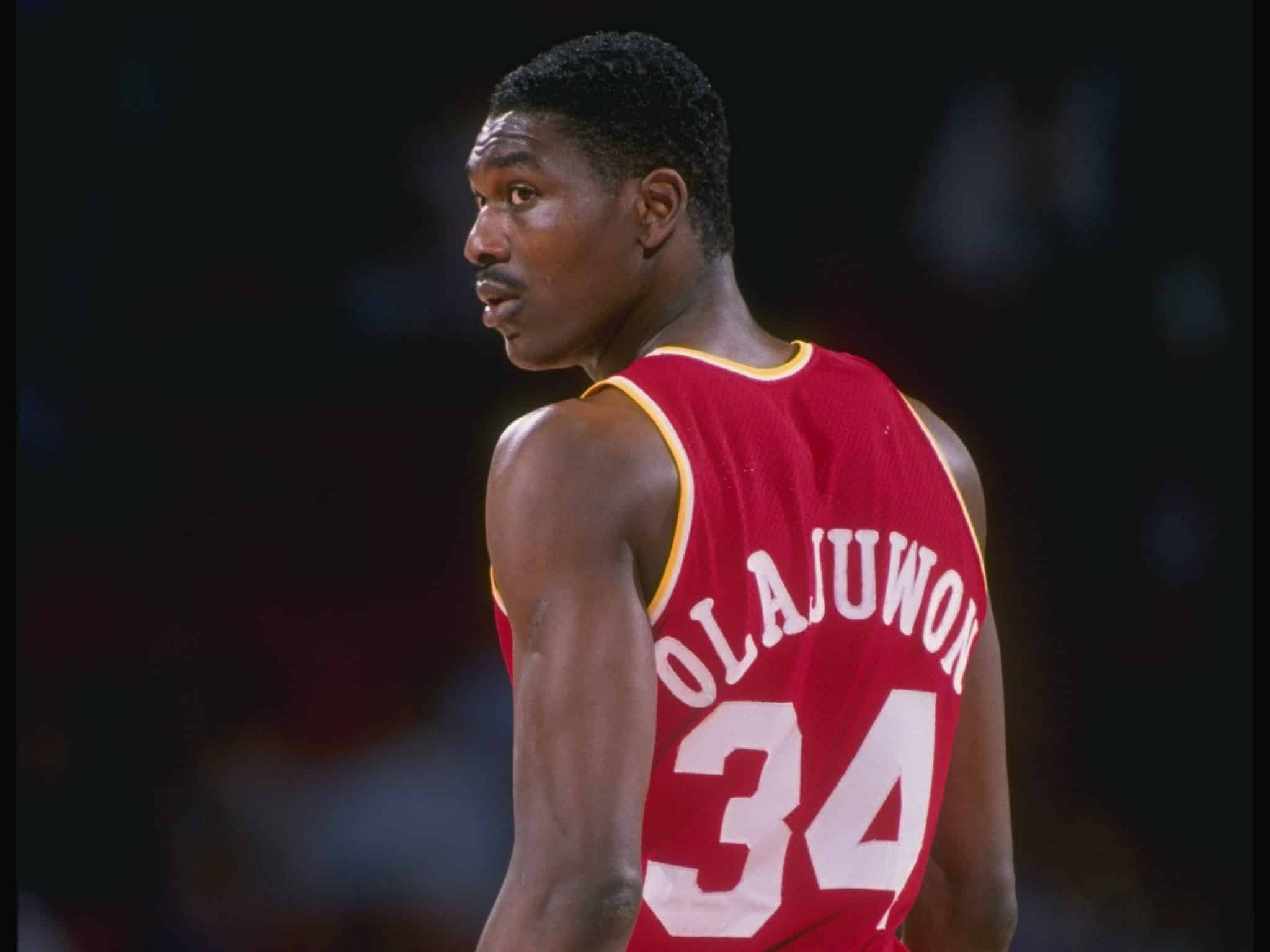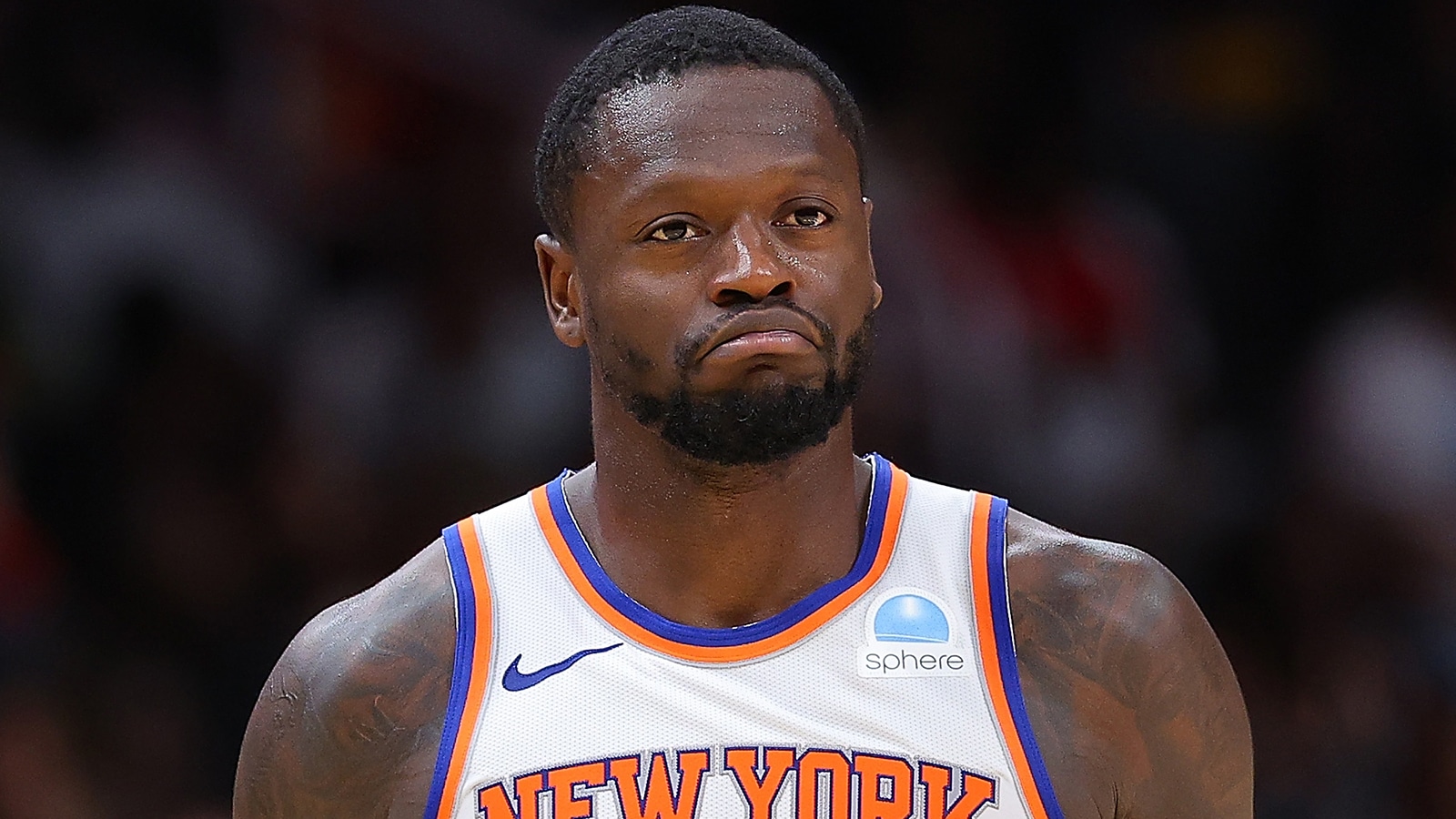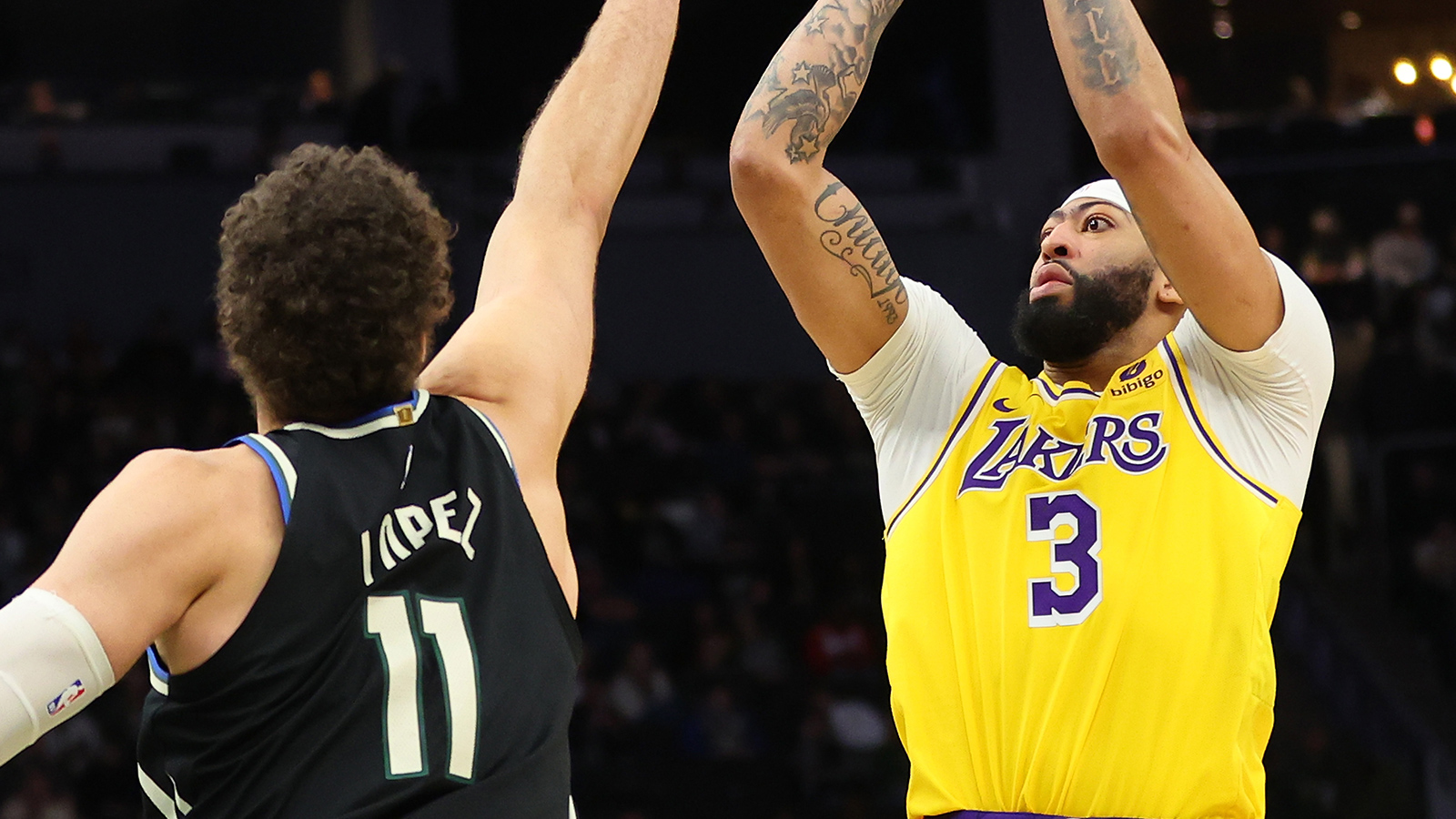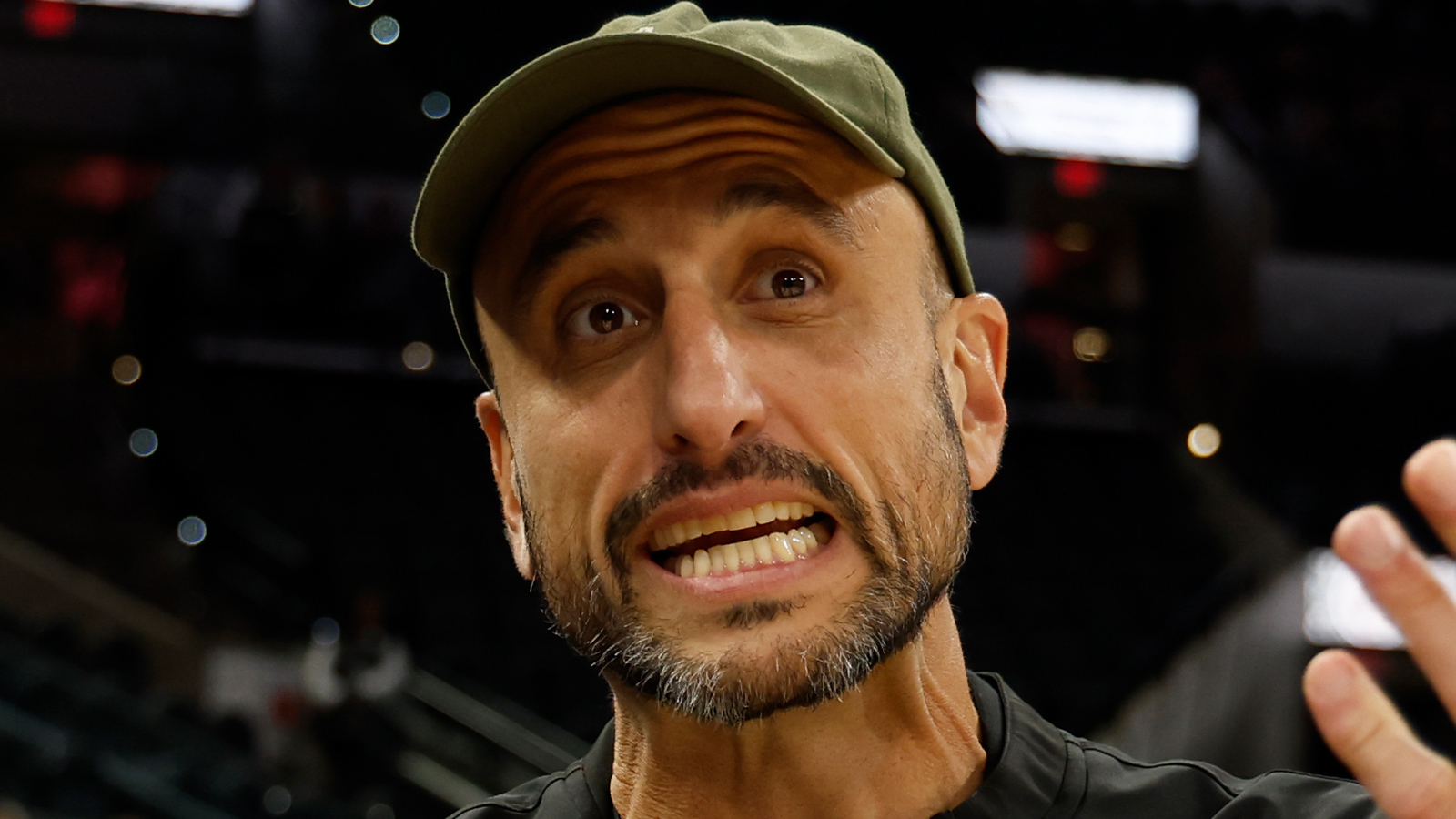
Ranking the Top 10 NBA Centers of the 1980s
The back-to-the-basket center in the NBA is extinct these days. In today’s game, seven-foot “centers” stand outside the three-point line jacking up shots. It’s a far cry from when teams looked to their post-up men inside the paint back in the 1980s. We took a look back at when true NBA centers existed in a much more physical era, and we ranked the top 10 big men from the 1980s.
No. 10: Dan Issel (Denver Nuggets)
Dan Issel is more of a 1970s center, but he still managed to string together several strong seasons to earn his way on this list.
After playing six seasons in the ABA, Issel played nine seasons with the Denver Nuggets of the NBA, beginning with the 1976-77 season. The 6-foot-90 center from Kentucky put up some big numbers that continued into the 1980s.
In the 1979-80 season, Issel had his NBA-best scoring average of 23.8 points and pulled down 8.8 rebounds. Issel played six seasons in the decade and averaged 19.8 points or better in five of them. Issel was inducted into the Naismith Memorial Basketball Hall of Fame in 1993.
No. 9: Bill Laimbeer (Detroit Pistons)
Yeah, we don’t like him either, but you have to respect the numbers.
A four-time NBA All-Star, Laimbeer started his professional basketball career with the Cleveland Cavaliers, who selected him in the third round of the 1979 NBA Draft. The Cavs traded him to the Detroit Pistons during the 1981-82 season. It was in Detroit where Laimbeer made a name for himself.
Laimbeer built a reputation for being one of the dirtiest players in the league, but he also proved he could play. In his second year with the Pistons, Laimbeer made the first of three straight All-Star Game appearances. During the 1983-84 season, he averaged 17.3 points and 12.2 rebounds. He averaged more than 10 rebounds in seven straight seasons. He led the NBA in rebounding during the 1985-86 season (13.1 per game).
Laimbeer was also a member of two Pistons championship teams.
No. 8: Ralph Sampson (Houston Rockets)
Ralph Sampson was the first half of the Houston Rockets’ “Twin Towers.” Selected with the first pick in the 1983 NBA Draft, Sampson teamed with Hakeem Olajuwon to become one of the most dominant big-men tandem in the league.
At 7-foot-4, Sampson dominated from the beginning, swatting an average of 2.4 shots per game, while averaging 21.0 points and 11.1 rebounds as a rookie. He was an All-Star in each of his first four seasons.
During the 1986-87 season, Sampson injured his left knee and was limited to 43 games. He was never the same player after that. The following season, the Rockets traded him to the Golden State Warriors after he played 19 games for the Rockets. He also spent time with the Sacramento Kings and Washington Bullets.
No. 7: Artis Gilmore (San Antonio Spurs)
Like Issel, Gilmore is a ’70s star, but he lasted long enough to make quite an impact in the ’80s. Gilmore played five seasons in the ABA before making his NBA debut with the Chicago Bulls during the 1976-77 season.
Gilmore was an NBA All-Star six times, four of them coming during the ’80s. In the 1980-81 season, he averaged 17.9 points and 10.1 rebounds. He also led the league in field-goal percentage (67.0%), a feat he accomplished for four straight years.
Before the 1982-83 season, the Bulls traded Gilmore to the San Antonio Spurs, where he maintained his All-Star status by putting up 18.0 points and 12.0 rebounds per game.
Gilmore was inducted into the Hall of Fame in 2011.
No. 6: Patrick Ewing (New York Knicks)
Patrick Ewing entered the NBA halfway through the decade, so he’s more of a 1990s center than an ’80s one. Still, he put up some serious numbers before the ’90s came around.
As a rookie during the 1985-86 season, the No. 1 overall pick by the New York Knicks won Rookie of the Year after averaging 20.0 points and 9.0 rebounds. He made the first of his four All-Star appearances of the decade.
He had his best season in the ’80s during the 1989-90 season when he averaged a career-high 28.6 points and pulled down 10.9 rebounds per game. He also made more than 55% of his shots from the floor.
Ewing was inducted into the Hall of Fame in 2008.
No. 5: Jack Sikma (Seattle SuperSonics)
While Ewing had overall better numbers than Jack Sikma, Sikma played the entire decade and averaged a double-double in seven of those years.
A six-time All-Star in the decade (7 overall), Sikma spent the first nine years of his career with the Seattle SuperSonics. He finished his Hall of Fame career by playing four seasons with the Milwaukee Bucks.
After winning a championship with the Sonics in 1979, he made his first and only All-Defensive Team during the 1981-82 season. It was also a season where he put up 19.6 points and 9.9 rebounds. Sikma was not only gifted offensively, but he was one of the most durable centers of the decade. He played all 82 games in his first five seasons and six of the first seven.
He was inducted into the Hall of Fame in 2019.
No. 4: Robert Parish (Boston Celtics)
After coming to the Boston Celtics in a one-sided trade with the Golden State Warriors, Parish won one of his three championships in Boston in his first season with the team. He made the first of seven straight All-Star appearances in his first year with the Celtics. Parish teamed with Larry Bird and Kevin McHale to form arguably the best frontcourt in NBA history.
Nobody has played more games in NBA history than Parish. He spent 14 seasons with the Celtics, averaging 16.5 points and 10.0 rebounds. He played a key role in Boston’s three championships in the decade.
Parish is a member of the NBA’s 75th Anniversary Team and was inducted into the Hall of Fame in 2003.
No. 3: Hakeem Olajuwon (Houston Rockets)
Like Ewing, Olajuwon came into the league midway through the decade, so he misses out on five years’ worth of stats. Still, he ranked third on the list.
Olajuwon is one of the most dominant centers the NBA has ever seen. A strong two-way player, he was a 12-time All-Star and named All-Defense nine times. Olajuwon led the league in blocks three times, but that came in the early ’90s.
He was an All-Star in each of his seasons in the ’80s. His best year in that stretch came during the 1988-89 season when he averaged 24.8 points and a league-leading 13.5 rebounds. He helped the Rockets reach the NBA Finals in 1986.
Olajuwon is also a member of the NBA’s 75th Anniversary Team and was inducted into the Hall of Fame in 2008.
No. 2: Kareem Abdul-Jabbar (LA Lakers)
You could make a legitimate case that Kareem Abdul-Jabbar could be the top center of both the 1970s and the ’80s. He dominated both decades as a member of the Milwaukee Bucks and the Los Angeles Lakers.
Abdul-Jabbar played through the ’80s and was an All-Star each season, although his production dropped significantly in his final two seasons. Abdul-Jabbar joined the Lakers after six seasons with the Bucks. He helped LA win five championships.
Statistically, Abdul-Jabbar’s best seasons came in the ’70s, but he still dominated the ’80s. He’s a six-time MVP, winning five of them in the ’70s. The master of the skyhook had his best year of the 1980s during the 1980-81 season when he averaged 26.2 points and 10.3 rebounds.
He is a member of the NBA’s 75th Anniversary Team. Abdul-Jabbar became a member of the Hall of Fame in 1995.
No. 1: Moses Malone (Philadelphia 76ers)
Nobody dominated the offensive glass like Moses Malone. He wasn’t too bad in the scoring department, either.
After two years in the ABA, Malone began his NBA career in the 1976-77 season. Things didn’t heat up for him until the 1978-79 season when he won the first of his three MVPs.
In the ’80s, Malone led the NBA in rebounding for five straight seasons. He captured the MVP in back-to-back seasons in ’82 and ’83. He led the Sixers to a championship in 1983 and was also named Finals MVP. That year, Malone averaged 24.5 points and 15.3 rebounds.
Malone started the decade with the Houston Rockets and led them to a berth in the 1981 NBA Finals. He pushed the Sixers over the hump in 1983, earning a title after coming up short the previous season. Through the decade, he averaged at least 20 points and 11 rebounds each season.
Malone is also a member of the 75th Anniversary Team and a member of the Hall of Fame (2001).



